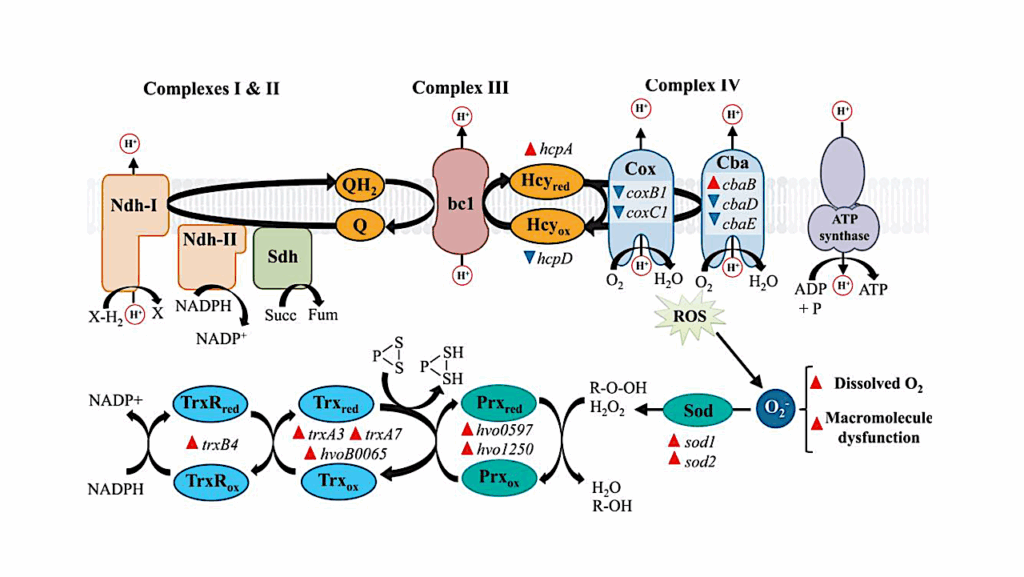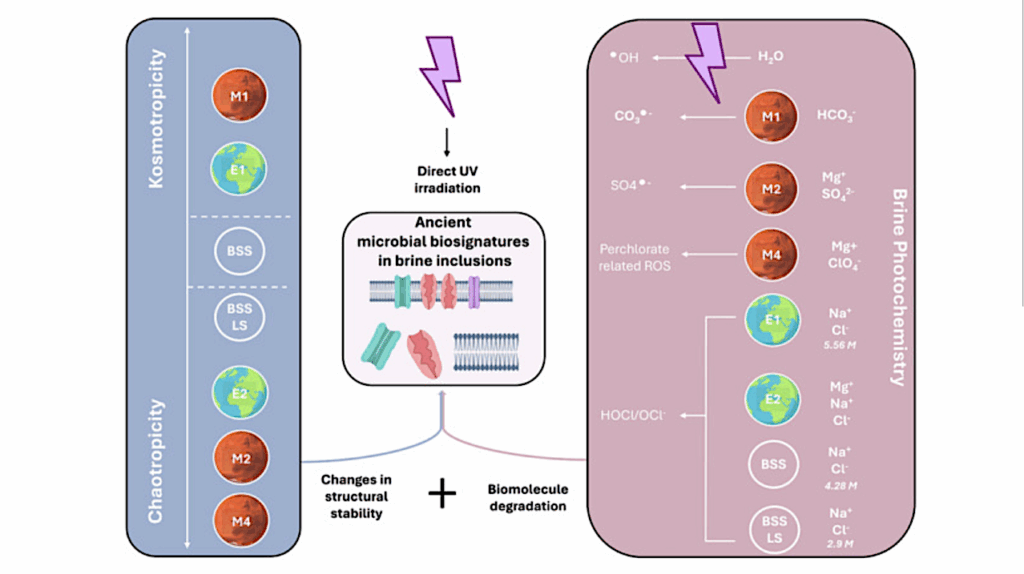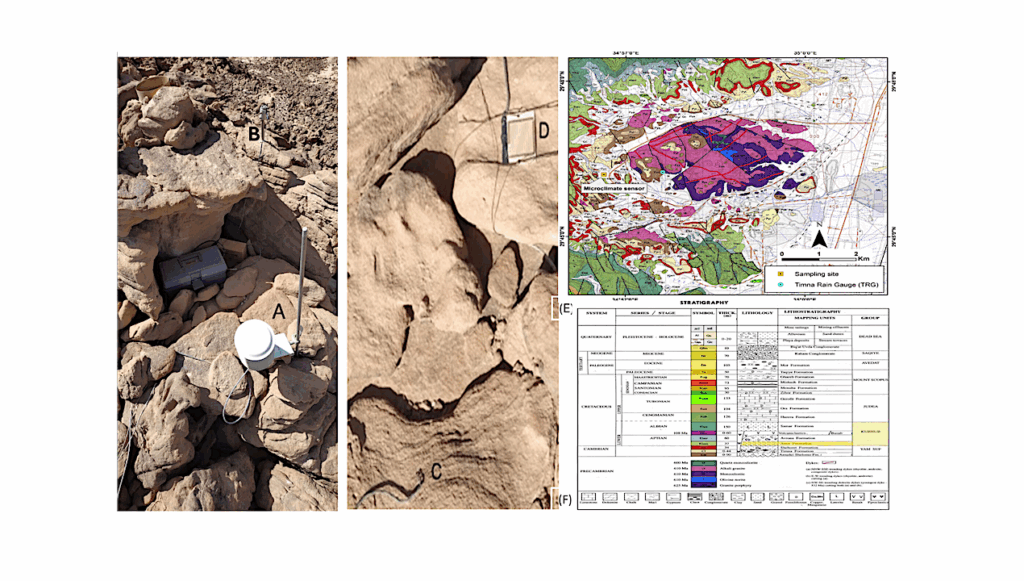Diversity of Life on Pumice Islands

During and following the eruption of the Puyehue-Cordon Caulle volcano in southern Chile in 2011, large quantities of ash and pumice filled the air and landed into neighboring lakes.
Small pieces of pumice in Lake Espejo and Lake Nahuel Huapi stayed afloat for months to years after landing, and researchers who examined these two lakes found that the floating islands of pumice became unique and diverse habitats for microbial life.
In the study “Community Structure and Biogeochemical Impacts of Microbial Life on Floating Pumice,” http://aem.asm.org/content/81/5/1542.full scientists measured nutrient uptake and used DNA sequencing to identify different strains. Even over the course of a hot summer, the harsh surface of the floating pumice still held thriving and diverse communities of various bacteria that were quite distinct from the bacterial communities in the lake itself yet similar to communities on other pumice islands from different lakes.
Bacterial traits that appeared to be selected for on the pumice included surface adherence, ability to degrade or metabolize the surface organic matter, and metabolisms that required light and abundance of oxygen. However, photosynthetic pathways were not favored among the pumice-loving microbes. Uptake of lake nutrients over time, particularly phosphorus and nitrogen, allowed for sustained growth and were quite substantial, similar to the demand the lake’s normal planktonic communities.
These findings link to past studies that point to pumice as potential vectors for marine and terrestrial biota and that suggest that pumice islands could have been cradles for emerging life on Earth.
The research was supported by the NASA Astrobiology Institute, the US National Science Foundation, the Fondo Para la Investigacion Cientifica y Tecnologica, CONICET-NSF, and the National Geographic Society.








